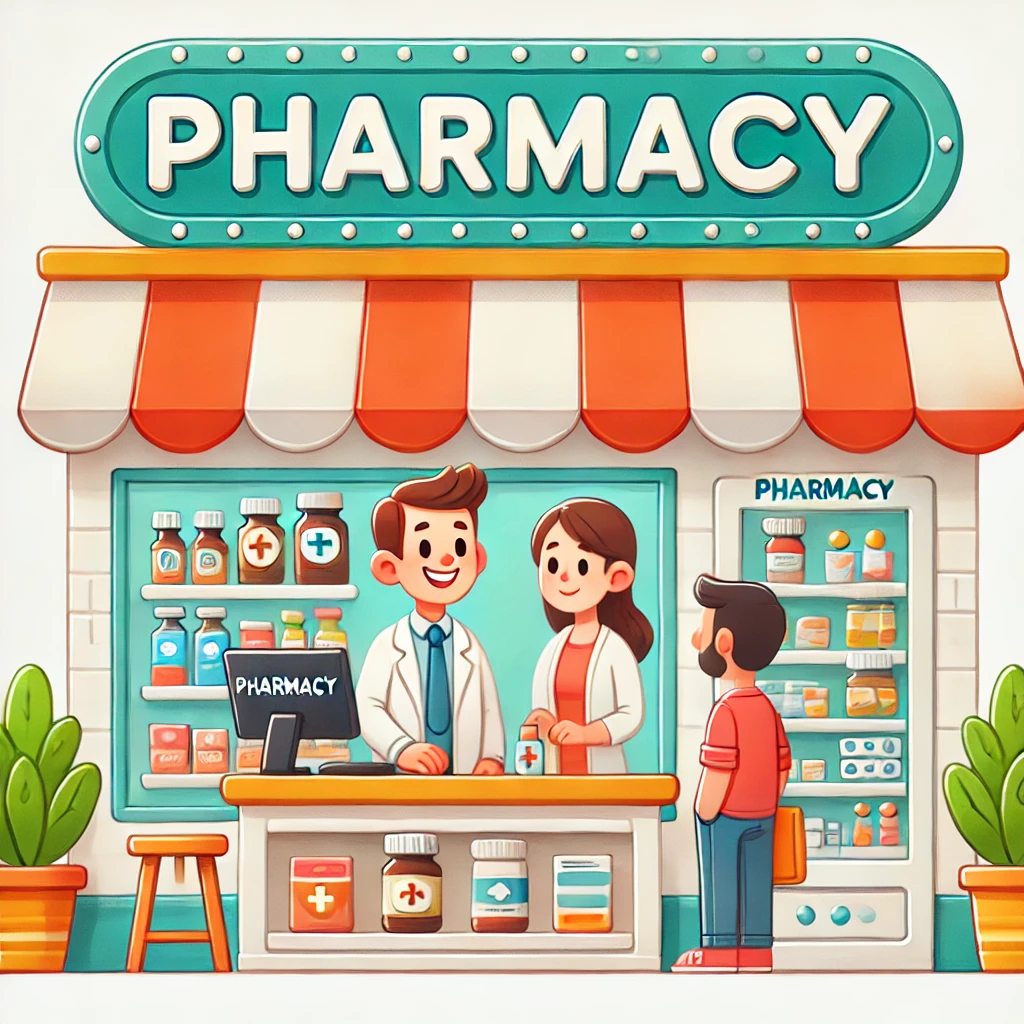The Tokenization Tsunami: Why Everything Will Be On-Chain by 2030
For years, the world heard whispers about tokenization — a concept that sounded futuristic, niche, and mostly theoretical. But something changed. Fast.
BlackRock is all-in.
Major banks are building blockchain divisions.
Startups are tokenizing everything from real estate to revenue streams.
Even the U.S. government is moving toward digital assets and programmable money.
This isn’t hype anymore.
It’s a tidal shift — a tokenization tsunami — and it’s coming for every industry.
We are witnessing the beginning of a digital economic layer that will make today’s financial system look like dial-up internet.
🌐 1. What Exactly Is Tokenization?
Tokenization is the process of turning real-world assets or digital assets into tradable tokens on a blockchain.
This includes:
-
Real estate
-
Business equity
-
Royalties
-
Invoices
-
Consumer brands
-
Data
-
Loyalty points
-
Art & collectibles
-
Physical infrastructure
-
AI models
-
And eventually… everything that holds value
If it exists, you can digitize it.
If you can digitize it, you can tokenize it.
If you can tokenize it, you can trade it 24/7 on a global, permissionless marketplace.
This is the next evolution of the global economy.
🚀 2. Why Tokenization Is Exploding Right Now
The timing isn’t random. Several forces are converging:
• AI needs blockchain rails
AI agents need wallets, payments, identity, and ownership frameworks. Tokenization provides that bridge.
• Global markets want transparency
Blockchains eliminate fraud, manual reconciliation, settlement delays, paperwork, and “trust me bro” accounting.
• Institutions want efficiency
Tokenizing assets reduces operational costs by 60–90% in many industries.
• Consumers want liquidity
Imagine selling 5% of your home or renting out unused space in your car. Tokenization unlocks fractional ownership for everyday people.
• The internet finally has money
Crypto rails let assets move at the speed of information.
Tokenization isn’t “coming.”
It’s already happening — just not evenly distributed yet.
💹 3. The First Wave: High-Value Assets
Institutions are beginning where the money is:
🔷 Real Estate
The $300T real estate market is the biggest target.
Tokenization allows:
-
Fractional ownership
-
Global capital access
-
Instant transfers
-
Transparent rent & profit distribution
BlackRock and major REITs are quietly entering this space.
🔷 Private Credit & Debt Markets
A $1.5T market with huge inefficiencies.
Tokenization makes lending faster, safer, and easier to track.
🔷 Bonds & Treasuries
The U.S. treasury market is the most important in the world.
Tokenized treasuries on-chain are already one of the fastest growing asset classes in Web3.
🔷 Commodities (Gold, Oil, Metals)
Real-world assets with global demand and ancient settlement systems now becoming instant, on-chain, and programmable.
🎮 4. The Second Wave: Consumer Assets
As the technology scales and fees drop, tokenization hits everyday life:
• Music & royalties
Artists tokenizing songs. Fans owning parts of hits.
• Brand loyalty points
Starbucks, airlines, hotels — moving rewards on-chain.
• Subscription models
You own your membership.
You can sell it. You can unlock perks.
• Data
Your browsing data, fitness data, work data — tokenized so YOU get paid for your info.
• Digital items in apps & games
Billions of micro-assets powering digital ecosystems.
This is where tokenization becomes mainstream.
🤖 5. The Third Wave: AI & Robotics
This is where the tsunami gets massive.
AI agents will:
-
Pay for compute
-
Pay for data
-
Rent storage
-
Transact with each other
-
Manage tokenized assets
-
Earn income
Robots will:
-
Have on-chain identities
-
Charge for tasks
-
Pay for maintenance
-
Lease themselves out
-
Participate in decentralized marketplaces
The machine economy will be tokenized by default.
🌍 6. The Fourth Wave: Everything On-Chain
By 2030, tokenization will touch:
-
Supply chains
-
Medical records
-
Autonomous cars
-
Smart cities
-
Intellectual property
-
Human productivity
-
Identity & credentials
-
Predictions & markets
-
Entire businesses
-
Governments and public services
Not everything needs to be on-chain — but everything that moves, costs money, or creates value will have a tokenized layer.
📈 7. The Big Picture: What This Means for the World
Tokenization fundamentally changes:
• Ownership
You don’t need a bank.
You don’t need a middleman.
You don’t need permission.
• Markets
Everything becomes tradable.
Everything becomes global.
Everything becomes programmable.
• Value
Assets become more liquid.
Businesses become more efficient.
Consumers become participants.
• Power
The financial system becomes open.
AI becomes economically capable.
People gain access to markets traditionally available only to the rich.
Tokenization is not just a technology.
It’s an economic revolution.
🔮 The Future Is Liquid, Programmable, and On-Chain
We are moving toward a world where:
-
Every asset has a digital twin
-
Every business has its own token
-
Every consumer has a portfolio of micro-assets
-
Every AI is an economic actor
-
Every payment is programmable
-
Every market is 24/7
-
Every person becomes an investor
The question isn’t if this happens.
The question is who will be ready?
At WebCloud9, we curate the most important ideas shaping the next decade — from tokenization to AI, robotics, crypto, and the entire future of the internet.
Welcome to the tokenized world.
The tsunami is here.
Crypto Rich ($RICH) CA: GfTtq35nXTBkKLrt1o6JtrN5gxxtzCeNqQpAFG7JiBq2
CryptoRich.io is a hub for bold crypto insights, high-conviction altcoin picks, and market-defying trading strategies – built for traders who don’t just ride the wave, but create it. It’s where meme culture meets smart money.




Recent Comments